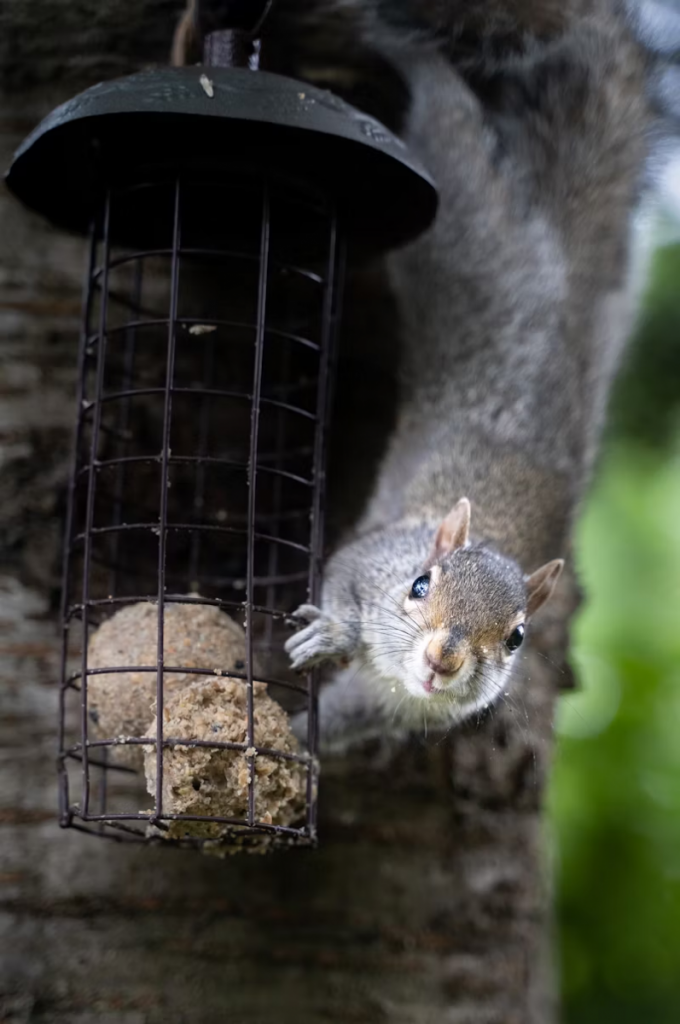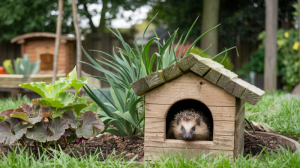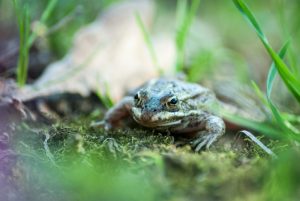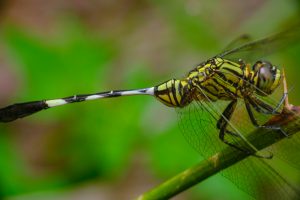- The Lifespan of Osteoclasts: How Long Do They Live?
- What is Monkfish average lifespan?
- What is Amberjack average lifespan?
- What is Sturgeon average lifespan?
- What is Barramundi average lifespan?
- What is Wahoo average lifespan?
- What is Shark average lifespan?
- What is Redfish average lifespan?
- What is Marlin average lifespan?
- What is Pompano average lifespan?
- What is Rainbow Trout average lifespan?
- What is Swordfish average lifespan?
- What is Anchovy average lifespan?
- What is Grouper average lifespan?
- What is Halibut average lifespan?
- What is Carp average lifespan?
- What is Pike average lifespan?
- What is Flounder average lifespan?
- What is Tilapia average lifespan?
- What is Sardine average lifespan?
Grey Squirrel Habitats: Where Do Grey Squirrels Live?

Grey squirrels (Sciurus carolinensis) are a common sight in many parts of the world, known for their agility and distinctive bushy tails. Understanding their habitats is crucial for effective conservation and coexistence with humans. This article will explore the various environments where grey squirrels reside, from natural forests to urban landscapes.
Overview of Grey Squirrels
Grey squirrels are medium-sized rodents with a bushy tail and a distinctive grey fur, though some may have a reddish tinge. Typically weighing between 1.5 to 2 pounds (680 to 900 grams), these squirrels are agile climbers and are known for their lively behavior and high-pitched chatter. Their adaptability allows them to thrive in diverse environments.
Geographic Distribution
Grey squirrels are native to eastern and midwestern North America. Their range extends from southern Canada through the eastern United States, reaching as far south as Florida and as far west as Texas. In recent decades, grey squirrels have also been introduced to parts of Europe, including the United Kingdom, where they have become widespread.

Natural Habitats
Grey squirrels prefer forests and woodlands with a mix of deciduous and coniferous trees. They are particularly fond of oak trees, as acorns are a staple food source. Some of the natural habitats where grey squirrels are commonly found include:
- Deciduous forests. These forests are characterized by trees that lose their leaves in the winter, such as oaks, maples, and hickories.
- Mixed forests. These forests contain a mix of deciduous and coniferous trees, providing a diverse range of food and shelter.
- Pine plantations. While not their preferred habitat, grey squirrels can adapt to pine plantations, especially if there are other food sources available.
Urban and Suburban Habitats
Grey squirrels have shown remarkable adaptability to urban and suburban environments. They are often found in parks, gardens, and residential areas. Cities and towns offer a variety of food sources, including bird feeders, garbage cans, and ornamental plants. While urban habitats can provide numerous benefits, such as access to food and shelter, they also pose challenges, including competition with other animals, predation, and human-wildlife conflicts.
Nesting and Shelter
Grey squirrels primarily build nests in trees, known as dreys. These nests are constructed from twigs, leaves, and bark, providing a warm and safe shelter. Dreys are typically located in the upper branches of trees, offering protection from predators and inclement weather. In urban areas, grey squirrels may also utilize alternative shelters, such as attics, chimneys, and park structures.
Food Sources and Foraging
Grey squirrels are omnivores, consuming a variety of food sources. Their diet includes nuts, seeds, fruits, insects, and occasionally fungi. They are skilled foragers, using their sharp senses to locate food. The availability of food resources can vary depending on the season and habitat. In the fall, grey squirrels actively gather and store nuts for the winter.

Human Impact on Grey Squirrel Habitats
Human activities can have a significant impact on grey squirrel habitats. Deforestation and habitat destruction can lead to population declines. Urbanization can also affect grey squirrels, as it can reduce the availability of natural habitats and increase competition for resources.
Conservation efforts and habitat management can help mitigate the negative impacts of human activities on grey squirrel populations. Planting trees, creating wildlife corridors, and protecting existing forests are essential steps in preserving grey squirrel habitats.
How to Observe Grey Squirrels
Observing grey squirrels can be a rewarding experience. Here are some tips for spotting these fascinating creatures:
- Visit parks or forests. These areas are likely to have high populations of grey squirrels.
- Be patient. Grey squirrels can be shy and may take time to appear.
- Use binoculars. Binoculars can help you observe squirrels from a distance without disturbing them.
- Respect their habitat. Avoid disturbing their nests or feeding them, as this can lead to dependence on humans.

Grey squirrels are adaptable animals that thrive in a variety of habitats, from natural forests to urban environments. Understanding their needs and preferences is crucial for effective conservation and coexistence with humans. By protecting their habitats and promoting sustainable practices, we can ensure the continued survival of these fascinating creatures.



